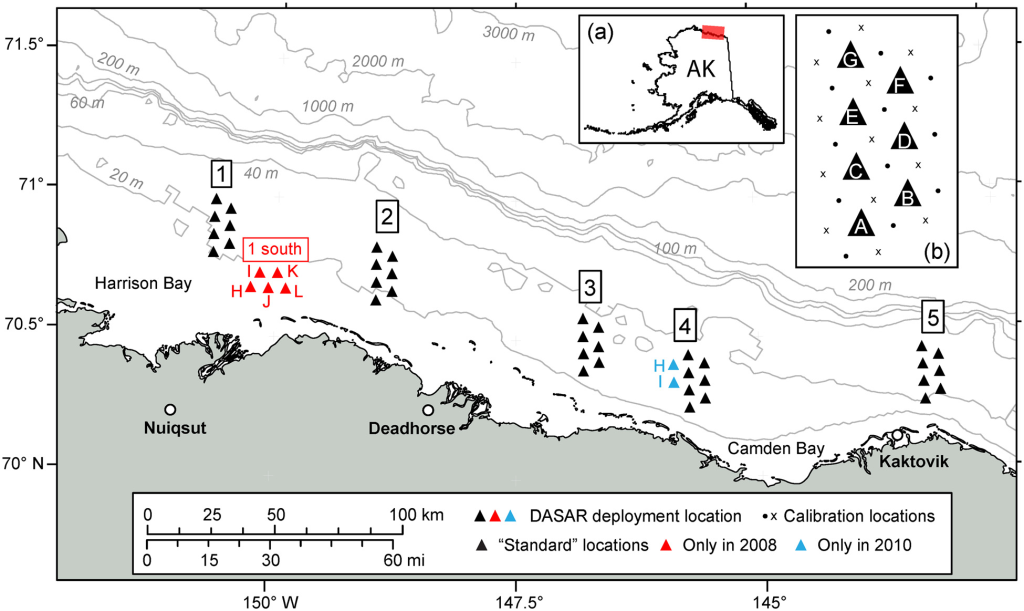In 1972 the Marine Mammal Protection Act (MMPA) was crafted as a response to scientific and public concern that certain marine mammals would become extinct unless they were protected by regulatory intervention. It was the first ecosystem based regulation – meaning that the quality of the environment was the focus of the act – assuring healthy habitat for the survival of marine mammal populations – which were themselves part of the functioning ecosystem.
At the time it was acknowledged that little was known about what constituted a healthy, functioning population, so the act provided for research into marine mammals. As the research came in provisions and modifications of the act were established to reflect the most current science.
It was by way of this that in 1998 the MMPA finally acknowledged that human generated noise “may affect whale populations adversely.” Defining what constitutes “adversely affects” has been a bit of a bumpy ride due to industrial and military practices which clearly impact marine mammals.
In the MMPA there are two regulatory thresholds: “Level A” defined as “any act that injures or has the significant potential to injure a marine mammal or marine mammal stock in the wild; and “Level B” defined as “any act that disturbs or is likely to disturb a marine mammal or marine mammal stock in the wild by causing disruption of natural behavioral patterns.”
“Level A” impacts are pretty clear; either the practice injures an animal, or it does not. “Level B” is a bit more ambiguous. Heretofore the definition has depended on visual observation of a behavioral disturbance correlated to a disrupting activity. But increasingly with the ability to tag animals with data recorders and the ability to observe them remotely at long distances through “Passive Acoustic Monitoring,” behavioral disturbances are now being noticed further away and at far lower exposure levels.
For example: earlier this month a paper by Susan Blackwell et.al. was published on open-source PLoS One that really opens up our understanding about behavioral impacts of seismic airgun noise on Bowhead whales. The data came in from a set of passive acoustic arrays spread across 300ks (180mi) of the Beaufort Sea which monitored the activities of Bowheads between 2007 and 2010.
Remarkable in this paper is that the Bowheads responded to airgun noise by increasing their call rates as soon as the airguns were detectible above ambient noise. Once the exposure level reached 127dB (re 1 μPa2-s) their call rates began decreasing. Once the exposure level got up to 160dB the calls almost stopped.
This really shifts the pieces around on the board given that the MMPA regulation for “Level B” pulsed exposures is 160dB. By the time the mitigation threshold kicks in the bowheads have already tossed in the towel. It seems that we will need to completely reframe our mitigation practices and admit we’ve been lousy ocean neighbors, or bluntly stomp away regardless of behavioral impacts.

